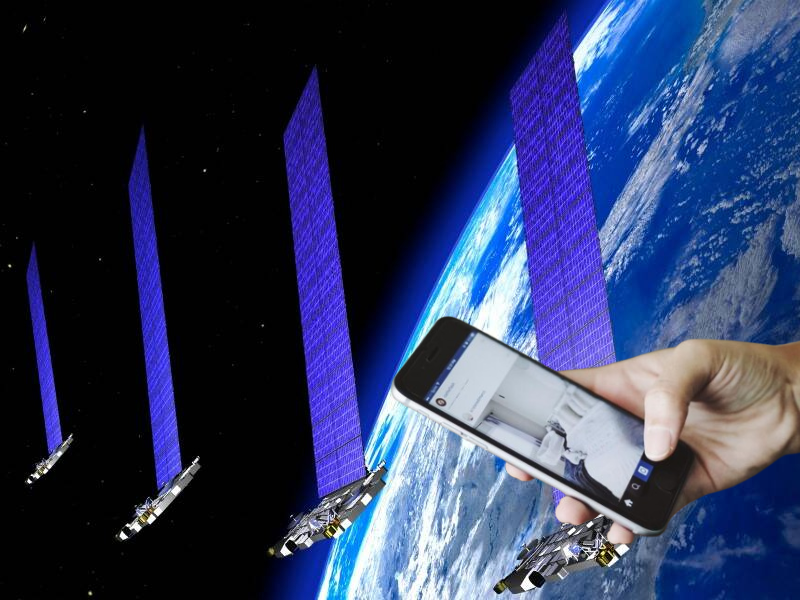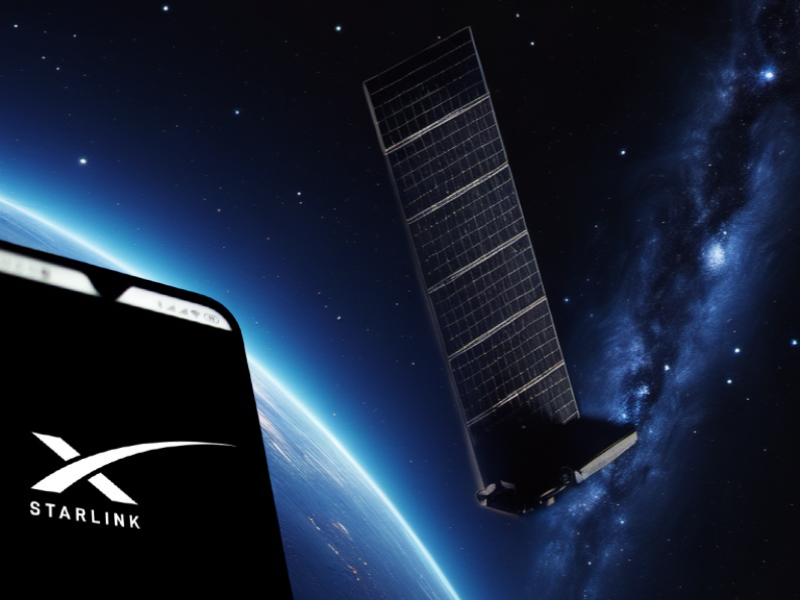
As mobile coverage expands globally, Starlink’s latest innovation, Starlink Direct to Cell, promises a breakthrough by offering seamless text, voice, and data services through low Earth orbit satellites. Whether on remote land, lakes, or coastal waters, users can enjoy uninterrupted cellular services. This revolutionary technology eliminates dead zones and bridges connectivity gaps, opening new horizons for communication and productivity. But what sets Starlink Direct to Cell apart, and how does it aim to redefine cellular coverage?
HOME | BLOG | LOCATIONS | CONTACT US
How Starlink Direct to Cell Works
Starlink Direct to Cell connects standard LTE phones with Starlink satellites, essentially placing a cellphone tower in space. This satellite-based network relies on advanced eNodeB modems integrated into Starlink satellites, creating a virtual cell network without needing ground-based cell towers. Users can connect as though they’re using a regular cell service, but this connection comes directly from above.
These satellites communicate through laser backhaul links, using the Starlink constellation’s core infrastructure. When in range, data travels from the user’s device to Starlink’s satellite network and back to the operator’s core, offering a seamless transition. The satellite-based model also supports reciprocal roaming agreements, ensuring that travelers retain mobile connectivity across partner nations.
Does Starlink Have a Cell Phone?
Does Starlink Have a Cell Phone? is a question many are asking as this new service gains attention. While Starlink itself does not manufacture cell phones, its Direct to Cell service works with standard LTE-enabled devices, allowing users to connect without needing specialized hardware. This means consumers can use their current devices to access Starlink’s network wherever satellite connectivity is available, creating unprecedented ease of use.

Starlink's Global Partnership Network
To expand its service worldwide, Starlink has formed strategic partnerships with major telecom providers, including T-Mobile in the USA, Optus in Australia, Rogers in Canada, and others. These partnerships allow Starlink Direct to Cell to leverage local LTE spectrum, enabling seamless roaming and service integration. When customers travel between participating countries, they can stay connected as if they were using their home network.
Through these collaborations, Starlink is laying the foundation for a truly global cellular service, where users can access reliable coverage regardless of location or local network infrastructure.
Benefits of Direct to Cell for Remote and Rural Regions
One of the primary benefits of Starlink Direct to Cell is that it extends reliable cellular coverage to areas traditionally plagued by connectivity dead zones. For rural communities, remote workers, and adventurers in off-grid locations, this service means constant connectivity without the need for ground infrastructure.
In times of crisis, reliable communication is essential, and Starlink Direct to Cell could be a game-changer. Emergency responders and healthcare providers can remain connected even in disaster zones or rural areas, where traditional cell towers are often absent. This improved accessibility will be critical for ensuring timely responses and effective communication.
Industry Applications: From IoT to Global Connectivity
Starlink Direct to Cell’s connectivity extends beyond personal mobile use, making it a powerful tool for various industries. Internet of Things (IoT) devices can connect to Starlink’s Direct to Cell network, giving enterprises access to remote asset monitoring and data collection. Industries like agriculture, oil, and gas, where remote monitoring is essential, can now access real-time data from virtually anywhere.
Manufacturing and supply chains, often operating in hard-to-reach locations, benefit from increased data flow and streamlined logistics. With reliable satellite-backed coverage, Starlink Direct to Cell can improve productivity by enabling uninterrupted connectivity.
SpaceX's Technological Edge in Satellite Connectivity
The engineering expertise behind Starlink’s satellite technology provides a significant advantage. Each Starlink Direct to Cell satellite is equipped with a sophisticated eNodeB modem, allowing it to act like a cell tower in space. These satellites are stationed lower in orbit than traditional Starlink satellites, improving their connectivity range and latency.
SpaceX’s experience with rockets and spacecraft has accelerated the deployment of these satellites. Leveraging the Falcon 9 rocket and, soon, Starship, SpaceX can deploy hundreds of satellites to create a powerful constellation that will enable reliable voice, text, and data services.
Regulatory Challenges and Global Compliance
As Starlink aims for a global cellular network, regulatory compliance is crucial. SpaceX has worked closely with the FCC to gain authorization for Starlink Direct to Cell satellites, allowing them to operate under established LTE standards across multiple countries. The company is also actively engaging with international regulators to ensure compliance with local laws and frequency allocations.
In addition to regulatory hurdles, environmental concerns also present a challenge. Starlink has implemented brightness mitigation measures to minimize its satellites’ impact on astronomy. However, the rapid expansion of Starlink’s constellation has drawn criticism from environmental advocates concerned about the effect of satellite proliferation on space debris and atmospheric integrity.
Safety and Environmental Impact of Starlink’s Expanding Constellation
Starlink Direct to Cell satellites orbit at 217 miles above the Earth, making them more visible from the ground than other satellites. The increased brightness has raised concerns among astronomers and environmentalists, prompting SpaceX to work on reducing satellite reflectivity.
The growth of satellite constellations also highlights the importance of responsible space practices. With thousands of active satellites already orbiting Earth, concerns about space debris are intensifying. Each satellite increases the risk of collisions, potentially leading to cascading effects that could jeopardize future space operations. SpaceX’s commitment to responsible deorbiting and orbital management is crucial to mitigating these risks.
Future Outlook: 2025 and Beyond
Starlink Direct to Cell is set to expand in 2025, with plans to enable voice, data, and IoT services across the globe. As more satellites are launched, the network’s coverage will improve, making global, seamless cellular connectivity a reality. For users, this means expanded service availability and enhanced features over time.
Beyond individual users, industries that rely on IoT connectivity will benefit greatly from this development. From agriculture to disaster relief, businesses will have more opportunities to operate efficiently in remote locations.

Empowering Connectivity for the Future
Starlink Direct to Cell has the potential to revolutionize global connectivity, making remote regions accessible, improving emergency response capabilities, and supporting industries in previously unreachable areas. As Starlink continues to innovate, the global communications landscape will transform, paving the way for a future where connectivity knows no boundaries.
If you’re interested in knowing how big Starlink satellites are, THIS ARTICLE is worth a read.
Ready For A Free Quote?
If you’re ready for one of our technicians to install your Starlink system, or if you’d like a free quote, simply answer a few quick questions, and we’ll reach out to you promptly.
Average response time is less than 5 minutes.
